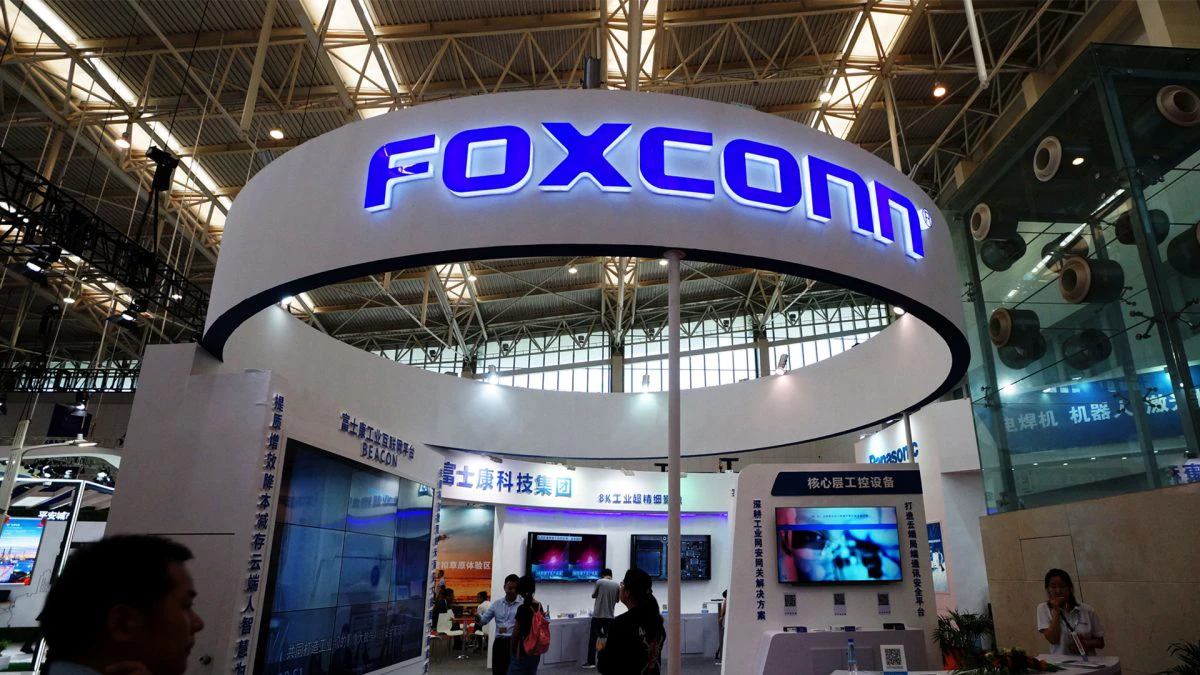June 7, 2024 — Boca Chica, Texas — SpaceX’s colossal Starship rocket concluded its first successful comprehensive test flight, marking a significant milestone for the aerospace company. The 400-foot (121-meter) rocket, the world’s largest and most powerful, launched from Texas and safely returned to Earth, achieving a controlled splashdown.
This successful flight follows three prior attempts that ended in fiery explosions. During Thursday’s test, the rocket launched without a payload, soared over the Gulf of Mexico, and charted a course towards the Indian Ocean. Shortly after the morning launch, the first-stage booster, Super Heavy, detached from the spacecraft and completed a successful engine burn before splashing down in the Gulf.
An hour later, live footage showed the spacecraft experiencing disintegration due to the intense heat of reentry. Despite this, it remained intact enough to transmit data until its intended splashdown in the Indian Ocean. SpaceX CEO Elon Musk emphasized the mission’s primary goal: “to get much deeper into the atmosphere during reentry, ideally through max heating.”
The first launch of Starship in April 2023 exploded minutes after liftoff, about 25 miles (40 km) above the ground. In November, Starship reached space but exploded shortly after. The March flight traveled further but disintegrated in Earth’s atmosphere during reentry. The latest flight aimed to reach a greater distance, repeating previous tests with enhanced objectives.
Super Heavy, equipped with 33 Raptor engines, lifted off and separated from the Starship second stage, which then propelled further into space. Super Heavy was designed to re-ignite some engines and simulate a landing with a “soft splash-down” in the Gulf of Mexico. The rocket featured hundreds of black tiles to protect against extreme reentry heat.
NASA is relying on SpaceX’s Starship development to return astronauts to the moon by 2026, competing with China’s lunar ambitions, which include sending astronauts to the moon by 2030. China has recently achieved significant milestones, including a second landing on the moon’s far side and a successful sample retrieval mission.
This test flight represents a major leap forward for SpaceX and the future of space exploration.





